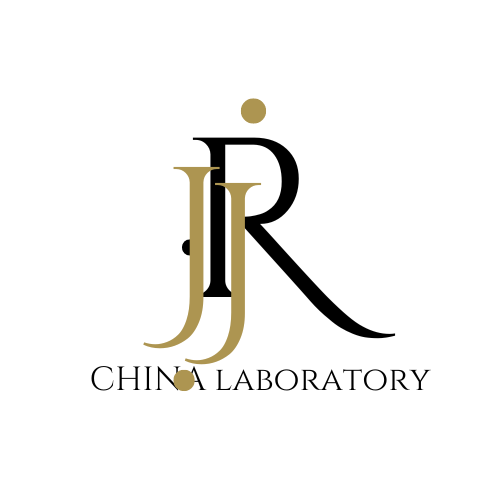
What is an EN 60335 Test Report?
The EN 60335 standard is an important standard established by the European Committee for Electrotechnical Standardization (CENELEC). Its full title is "Household and Similar Electrical Appliances - Safety - Part 1: General Requirements." This standard covers multiple aspects of household appliances, including structure, insulation, grounding, electrical connections, electrical components, wiring, electromagnetic compatibility, temperature rise, mechanical strength, and more. EN 60335 not only specifies safety requirements and testing methods for electrical products but also addresses safety considerations in the design, manufacturing, installation, and use of appliances.
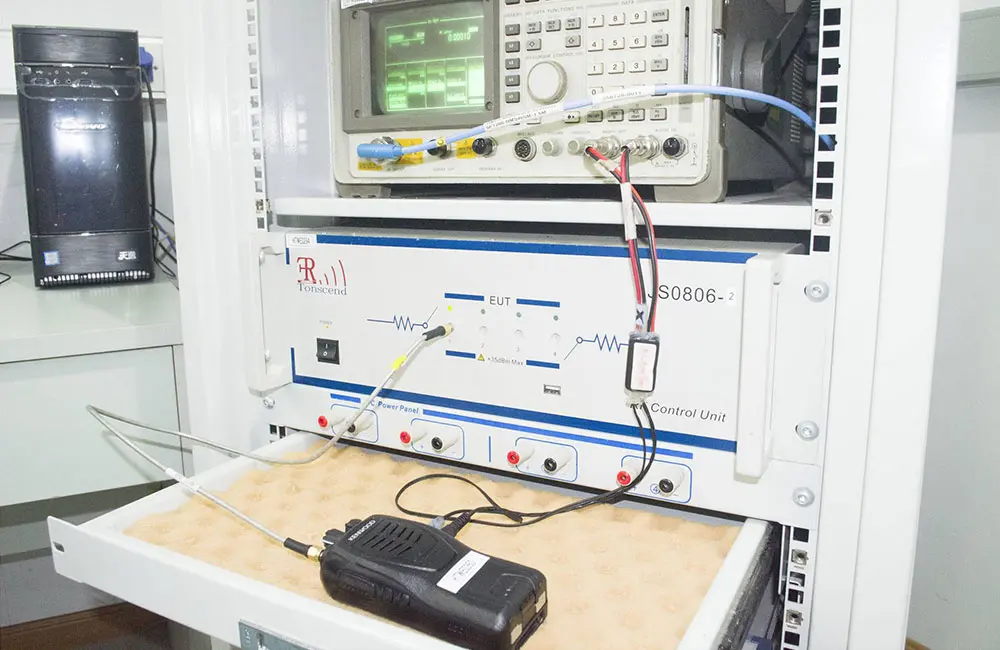
Product Scope Covered by EN 60335
1. Kitchen Appliances: Exhaust fans, rice cookers, induction cookers, soy milk machines, electric kettles, juicers, microwave ovens, pressure cookers, automatic bread makers, fully automatic coffee machines, ovens, egg beaters, yogurt makers, and electric cookers.
2. Household Appliances: Steam irons, electric irons, dryers, air humidifiers, dehumidifiers, indoor heaters, air purifiers, electric fans, air coolers, and electric sewing machines.
3. Personal Care Devices: Hair dryers, curling/straightening irons, electric shavers, sonic electric toothbrushes, hair removal devices, hair clippers, and foot spa machines.
Major Tests and Requirements of EN 60335
1. Electrical Safety: Evaluates the safety of electrical devices, including insulation, grounding, and wiring, ensuring they do not pose risks of electric shock or fire hazards during use.
2. Fire Resistance: Tests the fire resistance of the appliance’s housing and structural materials to ensure they do not contribute to the spread of fire, reducing fire risks.
3. Mechanical Safety: Assesses the mechanical construction of the device to ensure that it does not cause mechanical injuries under normal operating conditions.
4. Thermal Safety: Ensures that the appliance does not generate excessive heat during normal operation, preventing fire hazards or other dangers.
5. Radiation and Electromagnetic Compatibility (EMC): Ensures the appliance meets radiation and EMC requirements to prevent interference with other devices or communication systems.
6. Labeling and User Manual: Requires necessary safety information and usage instructions to be clearly marked on the device.
By successfully completing the tests specified in the EN 60335-1 standard and ensuring compliance with all electrical safety and fire resistance requirements, manufacturers can obtain CE certification. This certification indicates that household appliances comply with safety regulations and can be legally sold and distributed in the European market.
Additional Compliance Considerations
It is important to note that CE certification may also involve other testing and compliance requirements depending on the product type and intended use. Therefore, manufacturers are advised to work with professional certification bodies to ensure full compliance with the latest standards and regulations. The EN 60335-1 standard is subject to updates over time, so it is crucial to stay informed about the latest revisions.
EN 60335 Certification Process
1. Fill out the product certification testing application form.
2. Receive a quotation, sign the contract, make payment, and provide product samples.
3. The JJR laboratory in China arranges the testing process.
4. If the test is passed, a draft electronic report is issued.
5. Upon customer confirmation, the final test report and certification are issued.
By following this process, manufacturers can obtain an official EN 60335 test report, ensuring their household appliances meet European safety standards.
Email:hello@jjrlab.com
Write your message here and send it to us
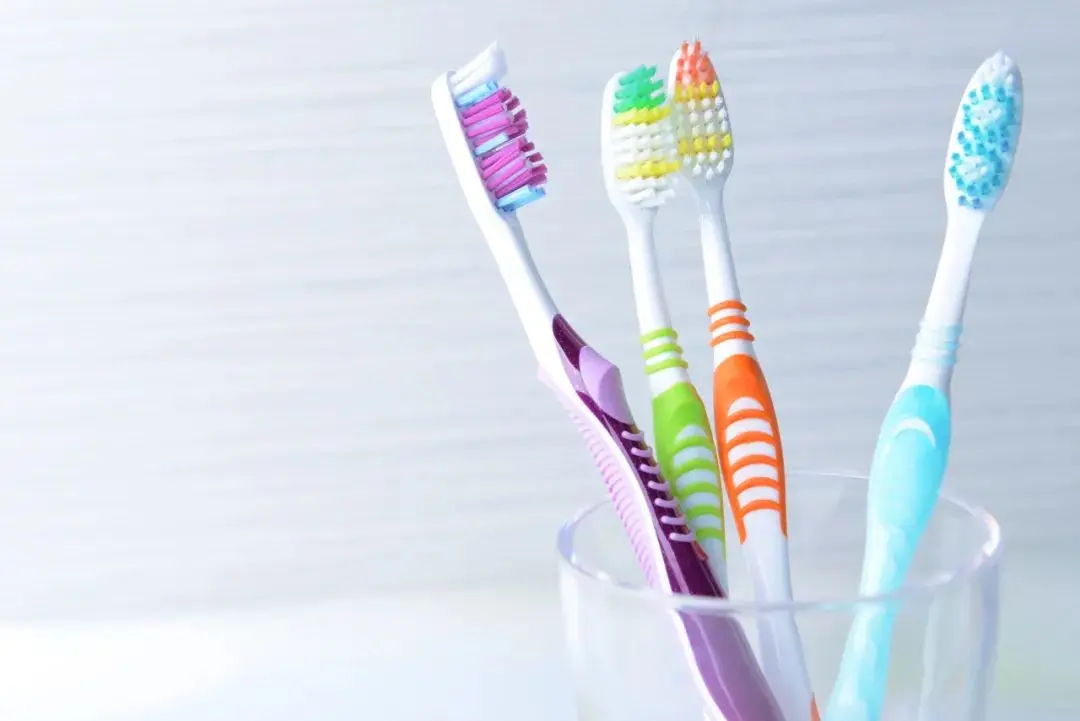 Toothbrush FDA Certification Testing
Toothbrush FDA Certification Testing
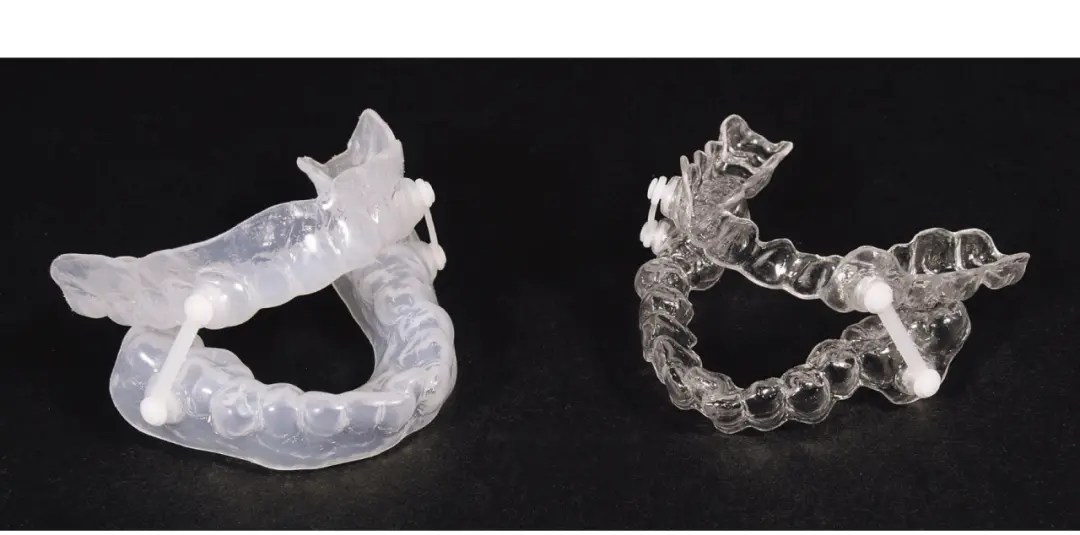 Snoring Device FDA 510k Standard Testing
Snoring Device FDA 510k Standard Testing
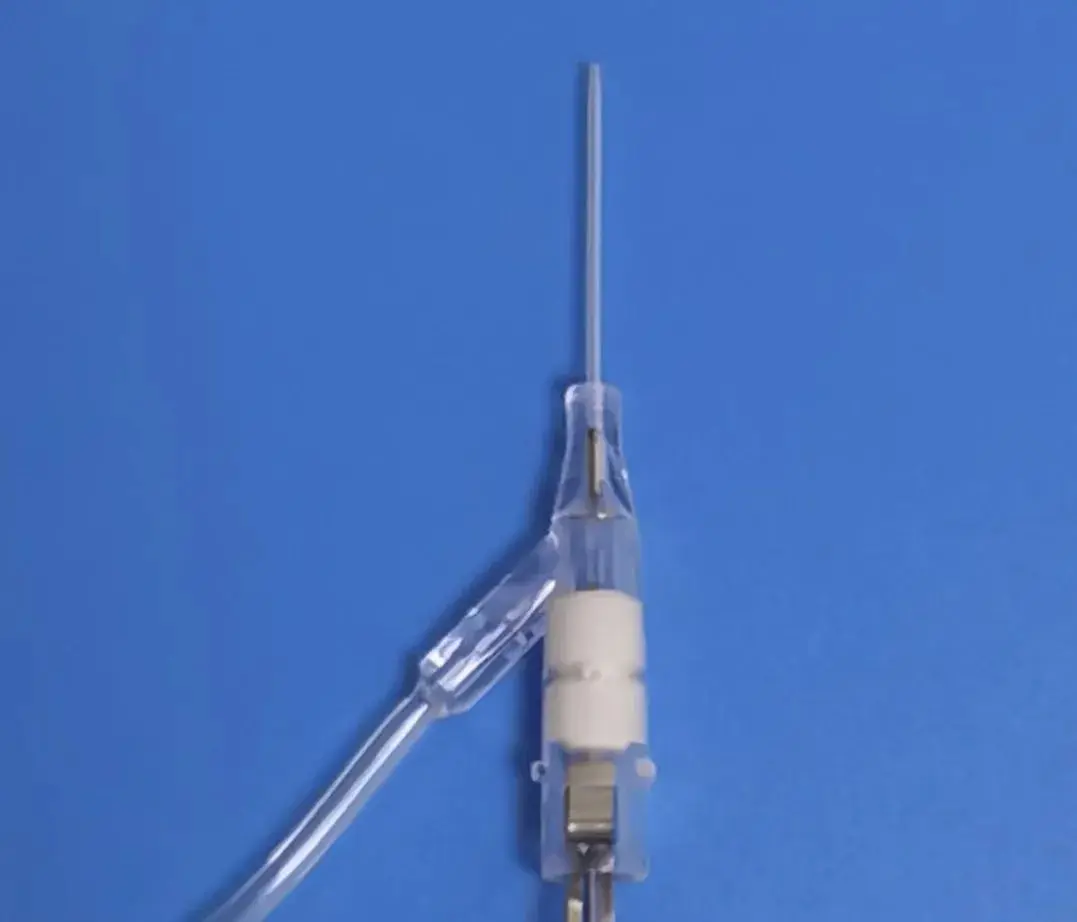 Single Use Intravenous Catheter Certification Test
Single Use Intravenous Catheter Certification Test
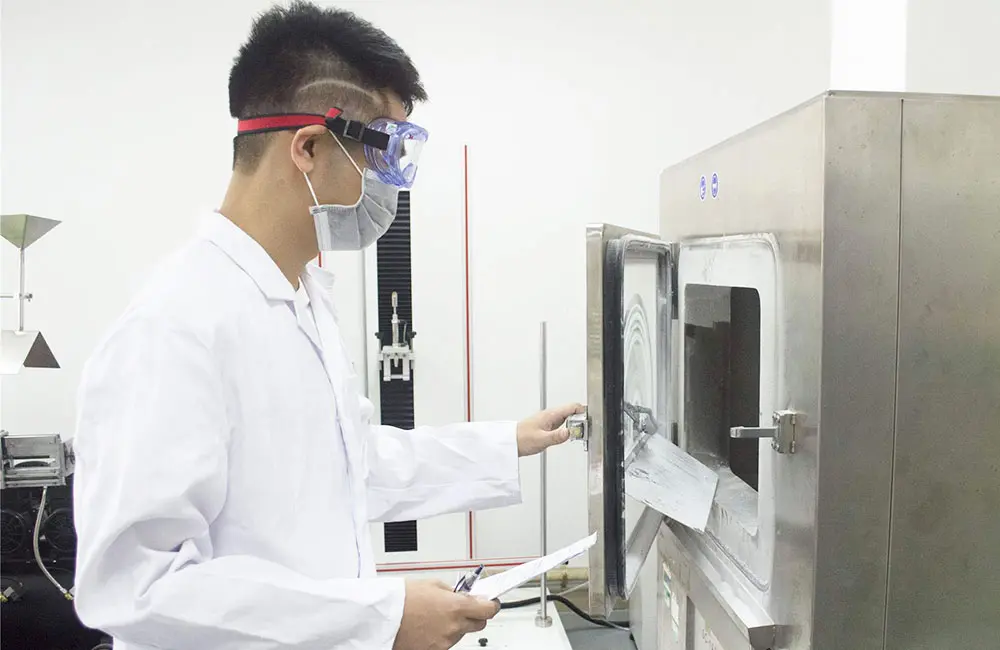 Silicone Material Product Compliance Certification
Silicone Material Product Compliance Certification
 What to Do If Cytotoxicity Test Results Are Positi
What to Do If Cytotoxicity Test Results Are Positi
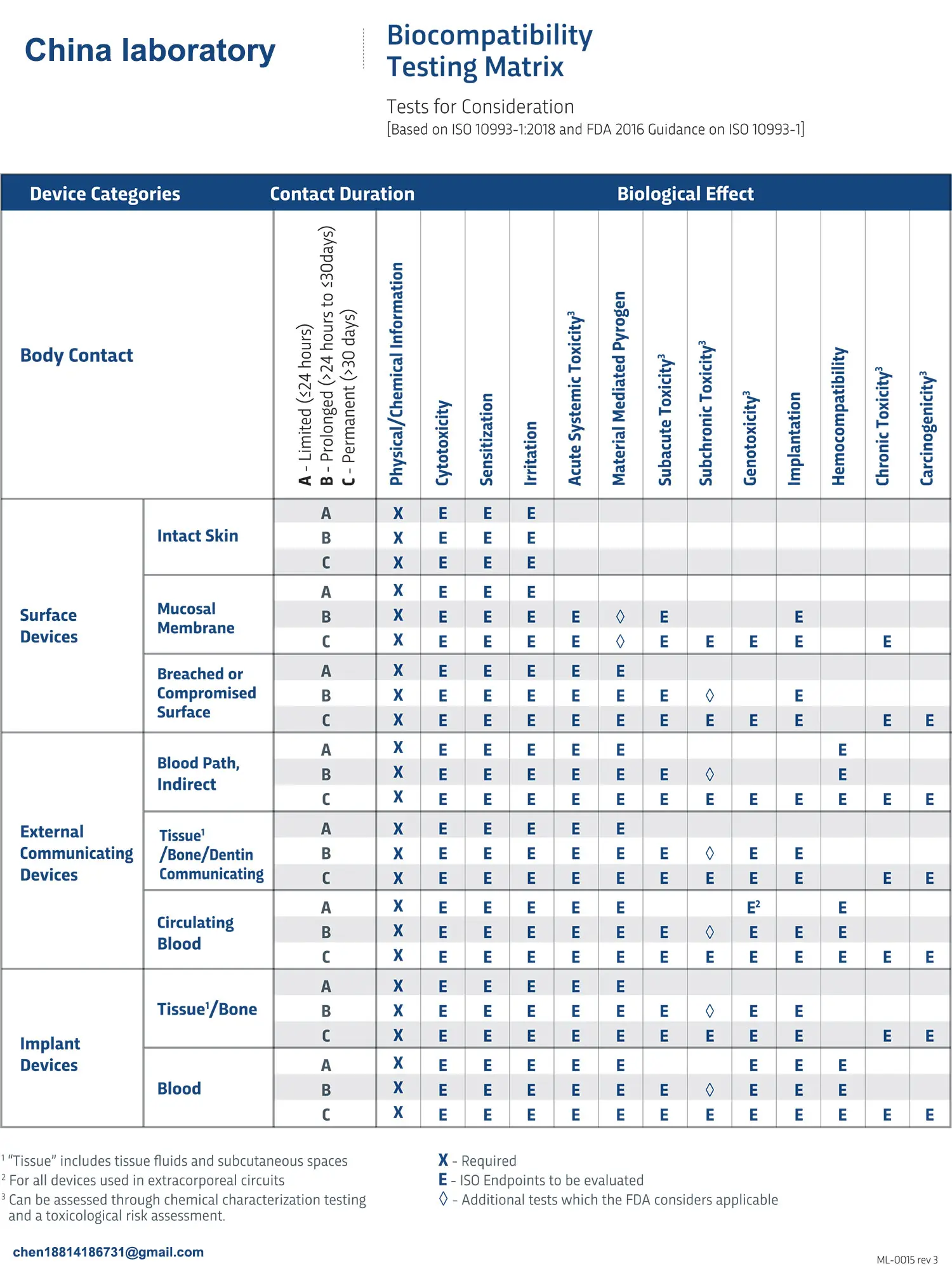 ISO 10993:5 Cytotoxicity Testing Methods
ISO 10993:5 Cytotoxicity Testing Methods
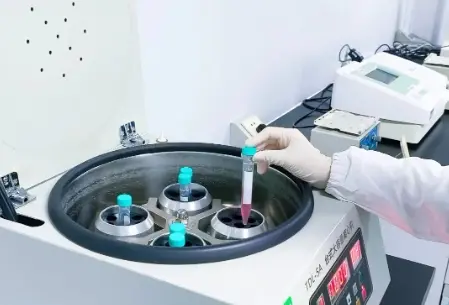 FDA ISO 10993-1 Biocompatibility Evaluation Guidel
FDA ISO 10993-1 Biocompatibility Evaluation Guidel
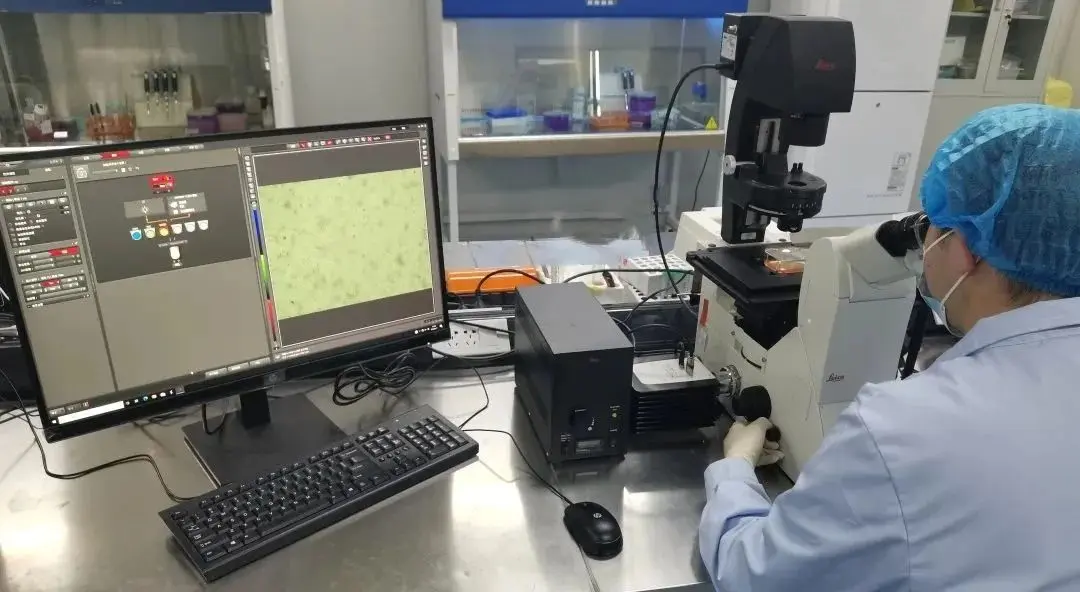 In Vitro Cytotoxicity Testing for Medical Devices
In Vitro Cytotoxicity Testing for Medical Devices
Leave us a message
24-hour online customer service at any time to respond, so that you worry!
